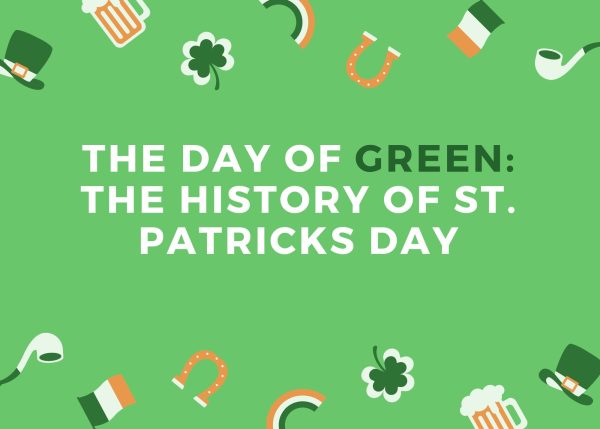The Mafia diet: feeding on fear
Organized crime dominated New York City in the ‘70s and ‘80s, and the FBI felt helpless against it. The Netflix documentary, Fear City: New York vs The Mafia, describes the five Mafia families controlling New York behind the scenes, and the sneaky tactics that kept them under the radar for so long. Despite tribulations, this exposé unravels how federal agents finally defeated organized crime in the late ‘80s.
August 26, 2021
Netflix documentary, Fear City: New York vs The Mafia, delves into the truth of who actually controlled New York in the ‘70s and ‘80s. 5 Mafia families, with the use of fear and manipulation, managed to hold “the city that never sleeps” in their death-grip. The documentary, released in July 2020, should join the “must watch” list of any students interested in a Mafia exposé.
The 3-part series opens with different clippings of breaking news broadcasts during the height of Mafia power. New York fell into lawless anarchy, and the Mafia or “the mob” controlled almost everything. Alongside fear, money fell at the center of that control. Curtis Sliwa, an interviewee, shared that his uncle owed money to the mob during their reign and frantically worked to pay his debt.
“You knew when you borrowed money from them, if you didn’t pay it on time, they’d bend your leg and stuff it in your pocket,” Sliwa said.
Former member of the mob, Michael Franzese, also explained that partnerships would form when someone couldn’t pay their debt, thus representing a popular tactic to spread influence. With this method, Franzese acquired a Chevrolet agency. Additionally, the mob quickly spread influence by committing discreet crimes. Franzese took part in a gasoline operation in which he, along with accomplices, sold gas to a wide variety of companies without paying taxes. The FBI never caught on.
The set-up of Mafia families also allowed for the tactic of discretion. The bosses, or “wiseguys”, sit at the head of the family. Next in line sits the underboss, captains, and finally foot soldiers. The term “foot soldiers” refers to the men who actually commit crimes, insulating the boss from any connection to criminal activity. Thus the complexity of organized crime emerges: the FBI could not convict the 5 family heads of any charges. This made it impossible to stop the problem at its source and mob operations continued.
Everything changed in 1970 with the introduction of the RICO law, which classified Mafia families as “an enterprise”. When an organization, or enterprise, works together to commit crimes, every member falls under penalty. This created a link between foot soldiers and bosses. Using this, the FBI assigned a team to each family and began building a case against their operation as a whole.
“Since documentaries are real-life experiences, students should watch crime documentaries to see how evil people can be and the consequences that come from it,” NC junior Ethan La Borde said.
Each episode continues to explore the intricate framework of organized crime and the lengthy processes federal agents endured to unravel it. Despite the Mafia running a tight circle, this series explains exactly how federal agents infiltrated crime rings and finally freed New York from the Mafia’s claws in the late 1980s.
The Chant’s Grade: B
















